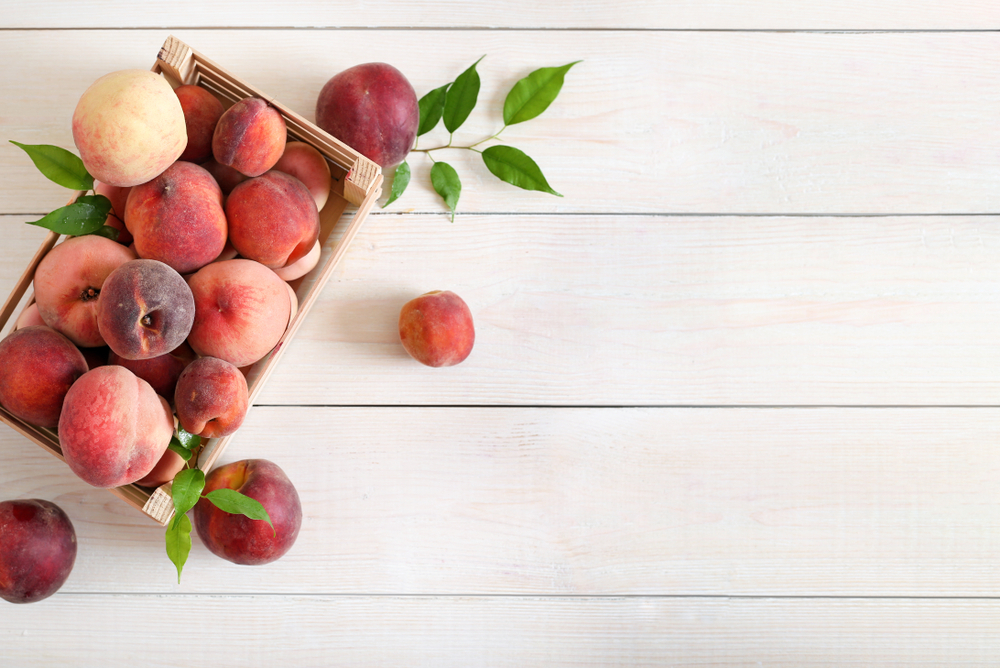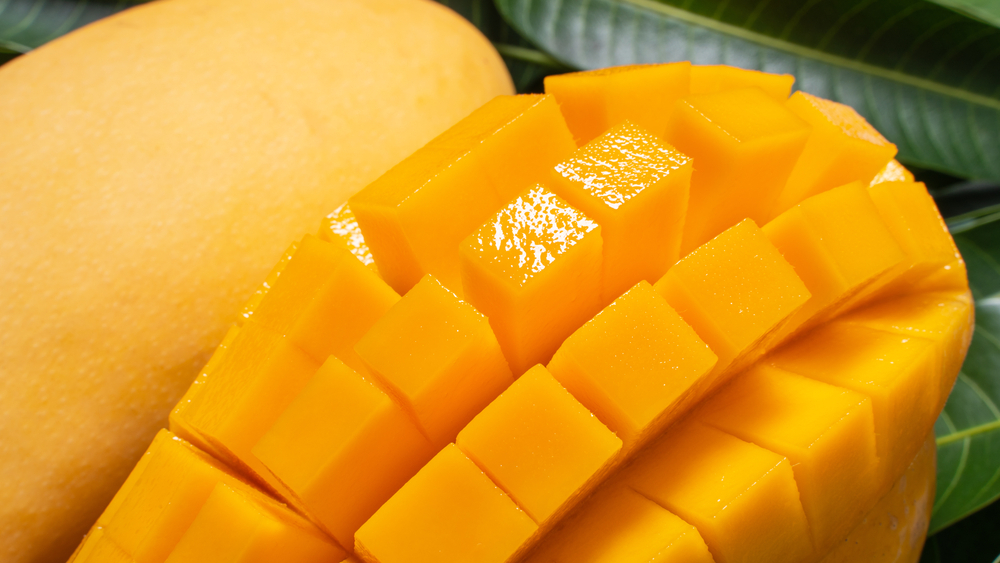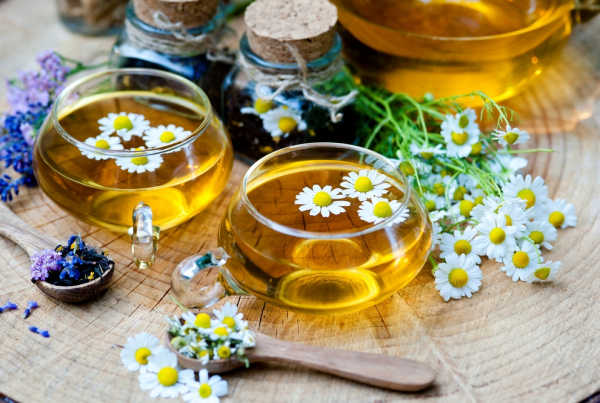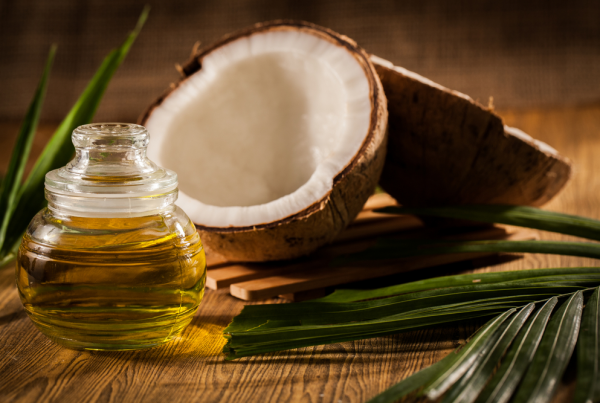Plum
Plums, one of the oldest fruits cultivated by humans, first appeared on the scene in Eastern Europe and Japan, with different varieties occurring in both regions. Plums are high in antioxidants, which have made them famous for their ability to fight cancer, osteoporosis, and other muscular degenerative disorders like arthritis. It is also especially beneficial for diabetics because eating plums and prunes prevents blood clotting. Plums are high in calcium and iron, which are common deficiencies in women, and are high in vitamins A, C, K, and B complex. Not only are prunes well-known for their mild laxative effect, which is beneficial for cleansing your body and colon, but they are also beneficial for balancing stomach disorders by providing alkaline media to combat heavy acid buildup caused by unhealthy foods, airborne impurities, and stress.
Fig
 The Middle East and Western Asia are where figs were first cultivated, giving the world the nutritional advantages and delicious delights of a popular superfood that was highly regarded by ancient cultures and religions. Your favorite breakfast cereal or other foods, chopped up and added, will make you happy and healthy. High potassium levels found in figs help in the natural occurrence of insulin production, the hormone that diabetics absolutely require to maintain healthy blood sugar levels. They are high in flavonoids and other phytochemicals, which help to replace dead skin cells, prepare your skin for sun protection, and fight acne. Omega 3 fatty acids and a high mineral content help to fight cancer and keep bad cholesterol at bay, improving cardiovascular health. The high calcium content of figs enhances it above other fruits in the fight against osteoporosis and bone decay. Figs, whether eaten fresh or dried, have the same mild laxative effects as plums in that they help in the removal of toxins and other impurities from the body. Even helping the body naturally pass kidney stones and preventing future occurrences is possible by boiling figs in water and consuming the mixture after it has cooled to room temperature. By chewing fig leaves for a few minutes and then gargling for a few minutes afterward, mouth ulcers and bad breath can also be treated.
The Middle East and Western Asia are where figs were first cultivated, giving the world the nutritional advantages and delicious delights of a popular superfood that was highly regarded by ancient cultures and religions. Your favorite breakfast cereal or other foods, chopped up and added, will make you happy and healthy. High potassium levels found in figs help in the natural occurrence of insulin production, the hormone that diabetics absolutely require to maintain healthy blood sugar levels. They are high in flavonoids and other phytochemicals, which help to replace dead skin cells, prepare your skin for sun protection, and fight acne. Omega 3 fatty acids and a high mineral content help to fight cancer and keep bad cholesterol at bay, improving cardiovascular health. The high calcium content of figs enhances it above other fruits in the fight against osteoporosis and bone decay. Figs, whether eaten fresh or dried, have the same mild laxative effects as plums in that they help in the removal of toxins and other impurities from the body. Even helping the body naturally pass kidney stones and preventing future occurrences is possible by boiling figs in water and consuming the mixture after it has cooled to room temperature. By chewing fig leaves for a few minutes and then gargling for a few minutes afterward, mouth ulcers and bad breath can also be treated.
Peach
 Are you looking for gorgeous skin? When it comes to hydrating properties, antioxidants, vitamin A, C, K, magnesium, and zinc, to name a few, peaches are the way to go. It has spread from China into pies and cobblers, as well as cosmetics and skincare products, where it is widely used for its nourishing and exfoliating flavonoids. These flavonoids, too, help to prevent hyperpigmentation and sun damage to the skin. It contains a lot of linoleic acid, peach kernel oil helps to keep moisture in the skin and keeps it smooth and supple. Like peaches, it has antioxidants that prevent ageing and are also helpful in preventing cancer and sun damage.
Are you looking for gorgeous skin? When it comes to hydrating properties, antioxidants, vitamin A, C, K, magnesium, and zinc, to name a few, peaches are the way to go. It has spread from China into pies and cobblers, as well as cosmetics and skincare products, where it is widely used for its nourishing and exfoliating flavonoids. These flavonoids, too, help to prevent hyperpigmentation and sun damage to the skin. It contains a lot of linoleic acid, peach kernel oil helps to keep moisture in the skin and keeps it smooth and supple. Like peaches, it has antioxidants that prevent ageing and are also helpful in preventing cancer and sun damage.
Apricot
 Apricots are nutritional powerhouses with skin-loving properties. Its origin is disputed, but it was first discovered and used in Armenia. Simply walk down any supermarket aisle and you’ll notice that apricot extracts and oils predominate due to their superior nourishing antioxidant compounds and abundance of vitamins and minerals. Apricot oil is light and easily absorbed by the skin, making it ideal for babies and those with sensitive or irritated skin. It is also effective in treating scalp problems such as dandruff and psoriasis because its non-greasy nature prevents buildup from interfering with the healing effects of moisture. Apricots, like watermelons, are a good source of carotene and lycopene, which, as previously stated, are anti-inflammatory, effective in the treatment of acne, and help fight sun damage.
Apricots are nutritional powerhouses with skin-loving properties. Its origin is disputed, but it was first discovered and used in Armenia. Simply walk down any supermarket aisle and you’ll notice that apricot extracts and oils predominate due to their superior nourishing antioxidant compounds and abundance of vitamins and minerals. Apricot oil is light and easily absorbed by the skin, making it ideal for babies and those with sensitive or irritated skin. It is also effective in treating scalp problems such as dandruff and psoriasis because its non-greasy nature prevents buildup from interfering with the healing effects of moisture. Apricots, like watermelons, are a good source of carotene and lycopene, which, as previously stated, are anti-inflammatory, effective in the treatment of acne, and help fight sun damage.
Watermelon
 This low-calorie summer fruit originated in Africa and was first cultivated in Egypt. They were rightfully taken by its miraculous health benefits, which were revered by the pharaohs and even placed in their tombs at burial. This nutritional powerhouse is high in vitamins A, C, and B6. Watermelon flesh contains anti-inflammatory compounds such as lycopene, choline, and triterpenoid. Watermelon is therefore beneficial in the treatment of asthma, arthritis, and inflammation caused by stress, smoking, and pollution. Watermelon is a great post-workout snack because it contains 93% water, fueling the muscles and preventing spasms. It hydrates the skin and keeps its elasticity, which is essential for avoiding wrinkles and lines. Weight watchers should eat this fruit because the amino acid citrulline prevents your body from accumulating fat and blocks fat produced by your cells. Watermelon juice can help to combat sunburn and uneven skin tones; dab it on with cotton wool to neutralize any sun-induced irritation while also giving you a fairer, more even complexion.
This low-calorie summer fruit originated in Africa and was first cultivated in Egypt. They were rightfully taken by its miraculous health benefits, which were revered by the pharaohs and even placed in their tombs at burial. This nutritional powerhouse is high in vitamins A, C, and B6. Watermelon flesh contains anti-inflammatory compounds such as lycopene, choline, and triterpenoid. Watermelon is therefore beneficial in the treatment of asthma, arthritis, and inflammation caused by stress, smoking, and pollution. Watermelon is a great post-workout snack because it contains 93% water, fueling the muscles and preventing spasms. It hydrates the skin and keeps its elasticity, which is essential for avoiding wrinkles and lines. Weight watchers should eat this fruit because the amino acid citrulline prevents your body from accumulating fat and blocks fat produced by your cells. Watermelon juice can help to combat sunburn and uneven skin tones; dab it on with cotton wool to neutralize any sun-induced irritation while also giving you a fairer, more even complexion.
Mango
 Nothing says tropical beach vacation quite like the king of fruits. Mango fans will travel far and wide to catch their favorite varieties in time once a year. The fruit was first grown and cultivated in South Asia and has since spread to East Asia, Brazil, Mexico, and the West Indies. The nutrition and health benefits of ripe and unripe mangoes differ. One cup of either contains 25% of your daily calcium requirement, as well as a lot of vitamin A, C, E, and B6, as well as other important vitamins and minerals like potassium, magnesium, and phosphorous. Consuming some juicy mango helps to maintain optimal brain health because the potassium helps to regulate blood pressure levels, while also fighting hypertension. Glutamine acids aid in the prevention of brain degenerative disorders.
Nothing says tropical beach vacation quite like the king of fruits. Mango fans will travel far and wide to catch their favorite varieties in time once a year. The fruit was first grown and cultivated in South Asia and has since spread to East Asia, Brazil, Mexico, and the West Indies. The nutrition and health benefits of ripe and unripe mangoes differ. One cup of either contains 25% of your daily calcium requirement, as well as a lot of vitamin A, C, E, and B6, as well as other important vitamins and minerals like potassium, magnesium, and phosphorous. Consuming some juicy mango helps to maintain optimal brain health because the potassium helps to regulate blood pressure levels, while also fighting hypertension. Glutamine acids aid in the prevention of brain degenerative disorders.






